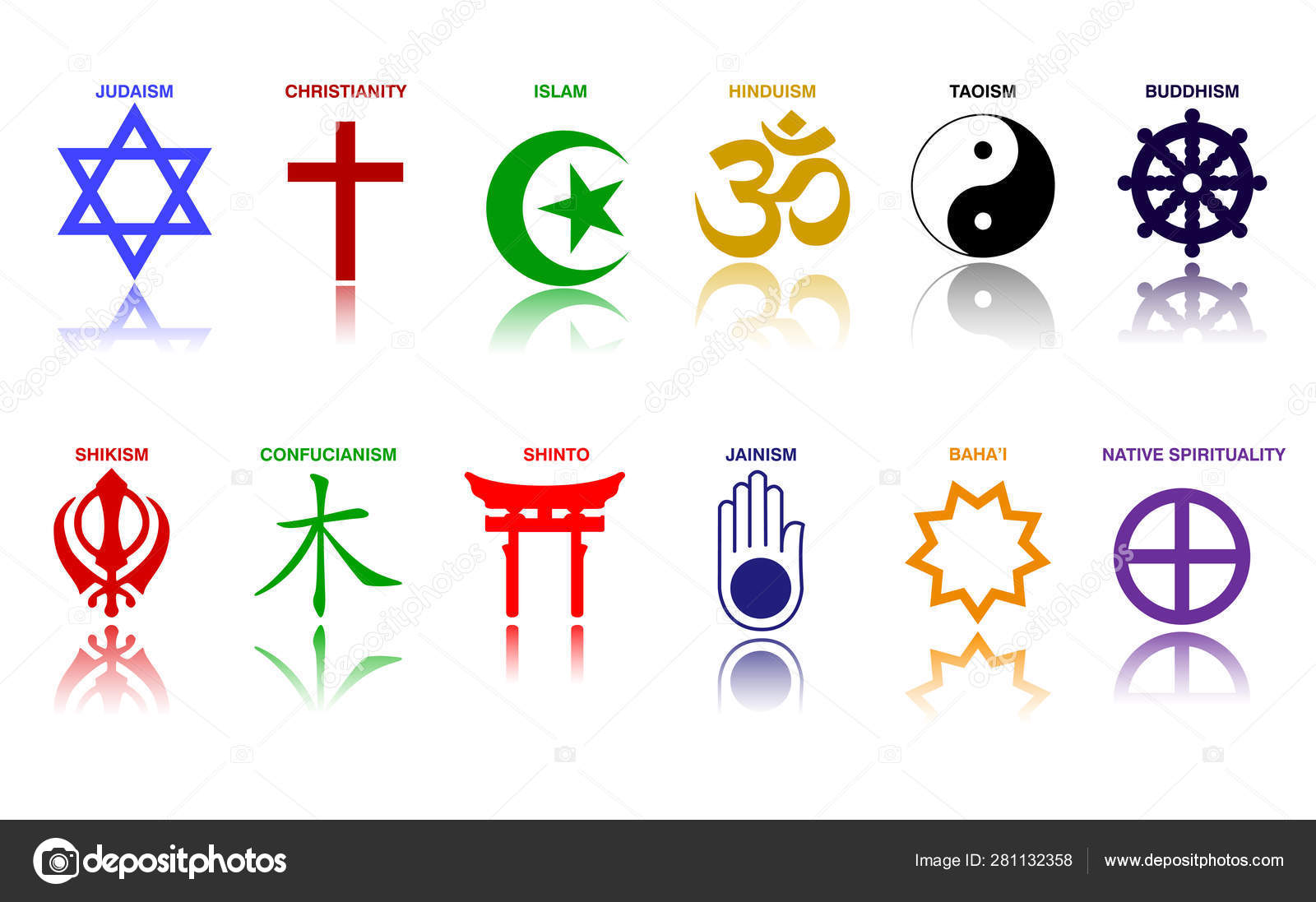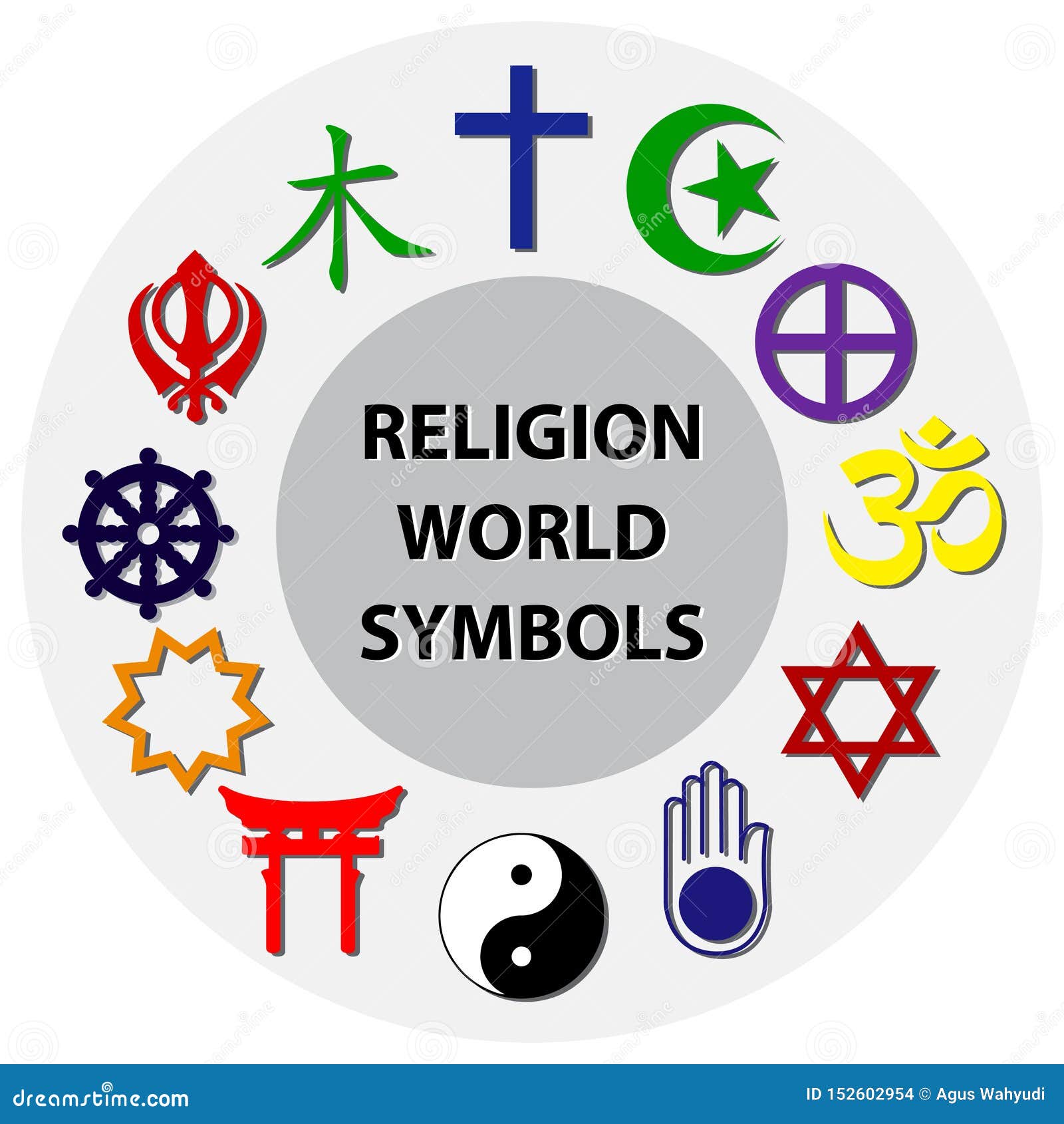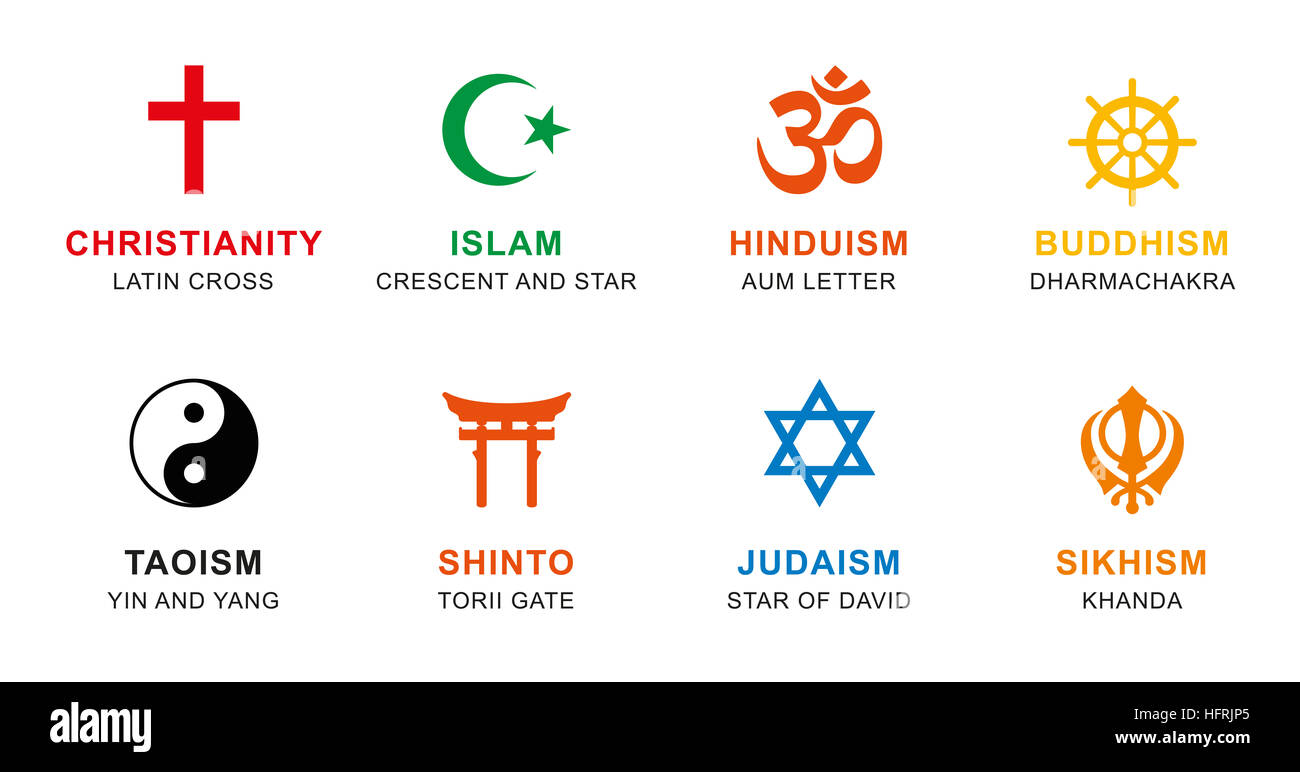What Is The Religion In Iran Religious Symbols Chrtianity Cross Lam Crescent Buddhm Dharma
Religion in iran has been shaped by multiple religions and sects over the course of the country's history At the head of both the state and oversight institutions is a ranking cleric known as the rahbar, or leader. Iran is an islamic state where shia muslims are the dominant group, followed by sunni muslims and other minorities
Religious symbols. Christianity cross, Islam crescent, Buddhism dharma
The constitution allows for religious freedom, but some groups face discrimination and oppression. The country’s 1979 constitution put into place a mixed system of government, in which the executive, parliament, and judiciary are overseen by several bodies dominated by the clergy Present iran is an islamic republic and its constitution mandates that the official religion of iran is islam and the twelver ja’fari school
The constitution also mandates that other islamic schools be accorded full respect, and that their followers are free to act in accordance with their own jurisprudence in performing their religious rites and recognizes zoroastrian, jewish, and.
The bahá’í faith is a significant minority religion in iran It originated in iran less than 200 years ago However, it is not a branch of islam The bahá’í faith believes in a unity of humanity and religion and the teachings of its founder
Religion, whether before islam or after the arrival of islam in iran, has always been part of iranian identity and a unifying element for iranians In ancient iran, people held special religious ceremonies on the most important occasions in their lives, such as birth, marriage, and death. The iranian religions, also known as the persian religions, are, in the context of comparative religion, a grouping of religious movements that originated in the iranian plateau, which accounts for the bulk of what is called greater iran. Iran travel blog the official religion of iran

Islam is the official religion in iran which has the most populated group of followers in this country, with the proportion of 99.6% of the whole country
Again, the proportion of shia muslims. Religion in iran religion in iran Iran is a predominantly shi'ite country where sunnis and sufis are minority muslim communities. The jewish, christian and zoroastrian religions have reserved seats in parliament, as they are officially major religious minorities
Religious regulation in iran published on by oxford university press The history of religious minority politics and rights in iran dates back to the early periods of the ancient persian empire With the passage of time, expansion of the empire led to increased religious pluralism that necessitated official religious tolerance and accommodation. Iran’s 1979 islamic revolution was a defining event that changed how we think about the relationship between religion and modernity

Ayatollah khomeini’s mass mobilisation of islam showed that.
In iran (persia), christianity dates back to the early years of the religion Through this time the christian faith has always been followed by a minority of the population of iran under its different state religions Zoroastrianism in ancient persia, followed by sunni islam in the middle ages after the arab conquest, then shia islam since the safavid conversion of the 15th century. Influence of religion in iran
Religion has always been crucial in shaping iranian society and governance throughout history Engaging with people in iran reveals the pervasive influence of religious beliefs on conversations and routines Frequently asked questions about iranian religions Dissent is also widespread among the iranian populace

Public and private universities continued to deny baha’is admittance and to expel baha’i students once their religion became known
On november 1, iran international and hrana reported that authorities barred from higher education at least 17 baha’is who participated in the year’s nationwide university entrance examinations, despite. According to united for iran’s iran prison atlas, at year’s end, authorities held in prison 115 individuals for “religious practice”, including baluch, baha’i, sunni, christian, and some shia men and women, compared with at least 75 individuals in 2022 and 67 in 2021 Charges included membership in or leadership of organizations that. Iran is a unitary islamic republic with one legislative house

Detail Author:
- Name : Miss Imogene Padberg
- Username : wpollich
- Email : libbie29@gmail.com
- Birthdate : 2006-04-30
- Address : 327 Zelda Ville Apt. 870 Lake Donnellland, VT 43170-9898
- Phone : 707.740.5659
- Company : Walker, Reichert and Hill
- Job : Artillery Crew Member
- Bio : Quasi veritatis suscipit officiis. Est et sapiente eum eligendi impedit ex. Similique nihil mollitia et ab eaque aut enim. Necessitatibus qui id omnis est commodi commodi.
Socials
facebook:
- url : https://facebook.com/framid
- username : framid
- bio : Consequatur qui sit est doloribus. Est deleniti aspernatur ut facilis cumque.
- followers : 1184
- following : 2930
tiktok:
- url : https://tiktok.com/@damion.frami
- username : damion.frami
- bio : Voluptatum necessitatibus quam aut possimus tenetur.
- followers : 5166
- following : 474
instagram:
- url : https://instagram.com/frami1995
- username : frami1995
- bio : Voluptatem nihil et rerum. Necessitatibus saepe sunt eos qui quos magnam.
- followers : 1928
- following : 2904
twitter:
- url : https://twitter.com/damionframi
- username : damionframi
- bio : Odit facilis quia quia sed nobis odio saepe. Voluptatum fuga harum cumque repellat. Voluptates quas qui minima omnis architecto quod.
- followers : 6210
- following : 2182
linkedin:
- url : https://linkedin.com/in/damion7399
- username : damion7399
- bio : Reprehenderit et assumenda similique quos.
- followers : 1369
- following : 1151